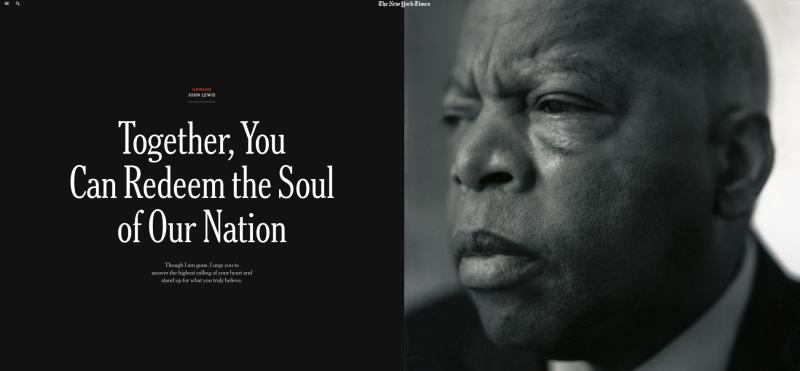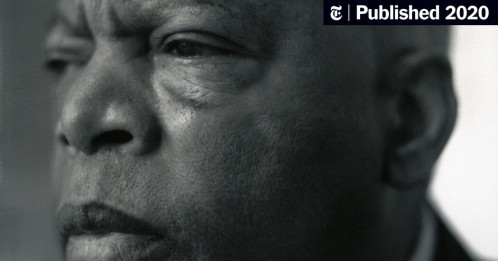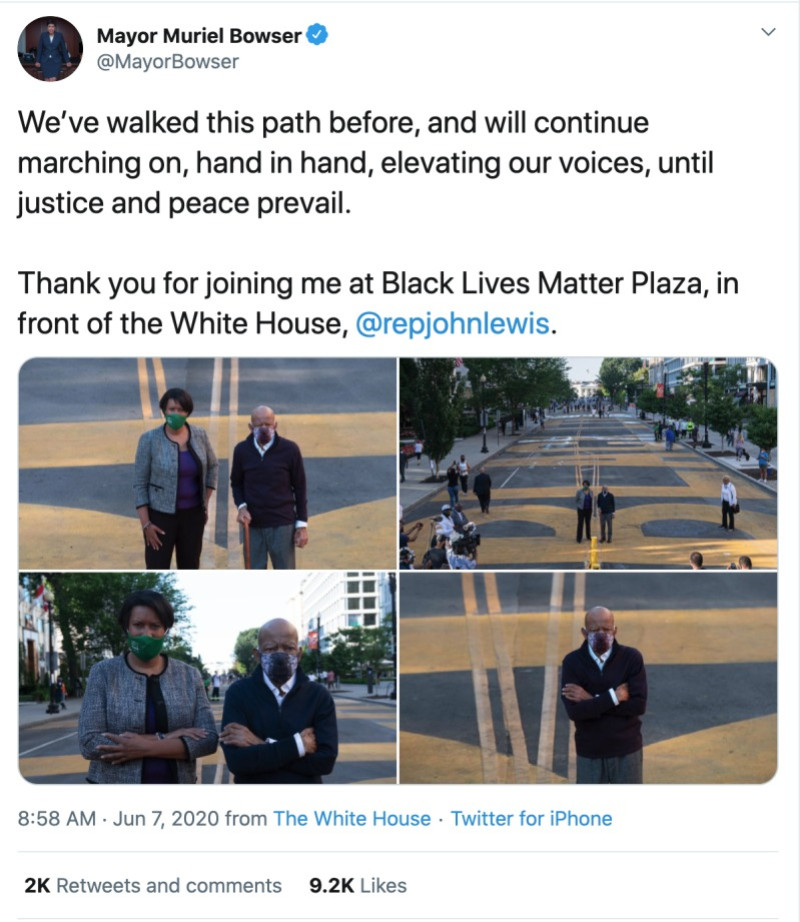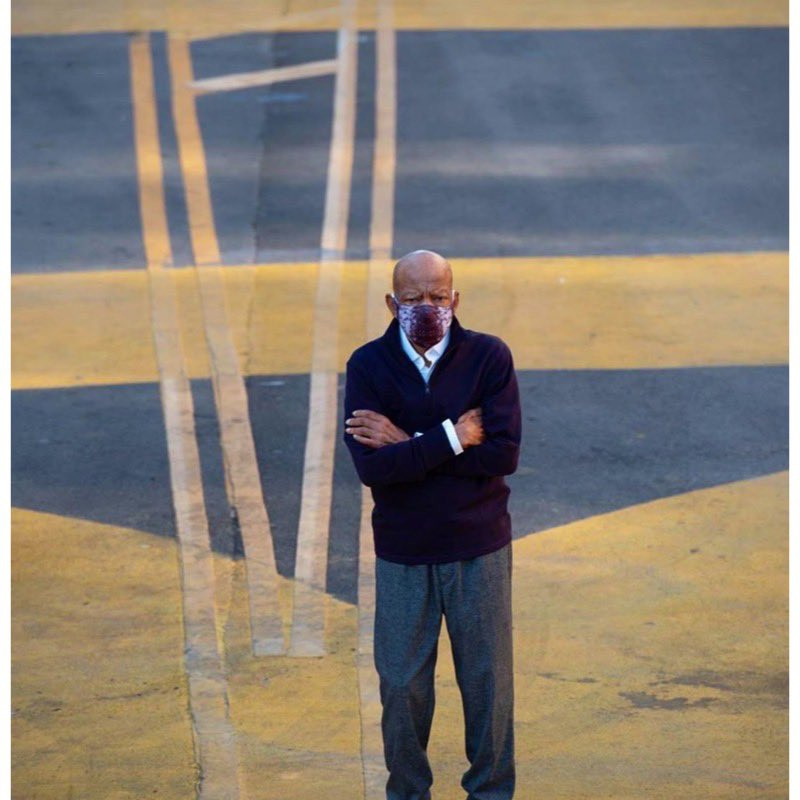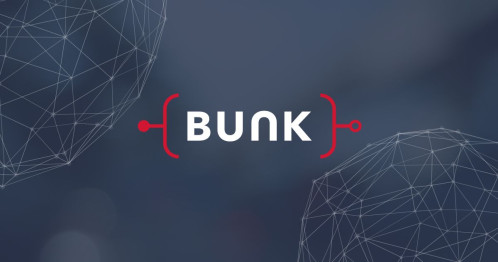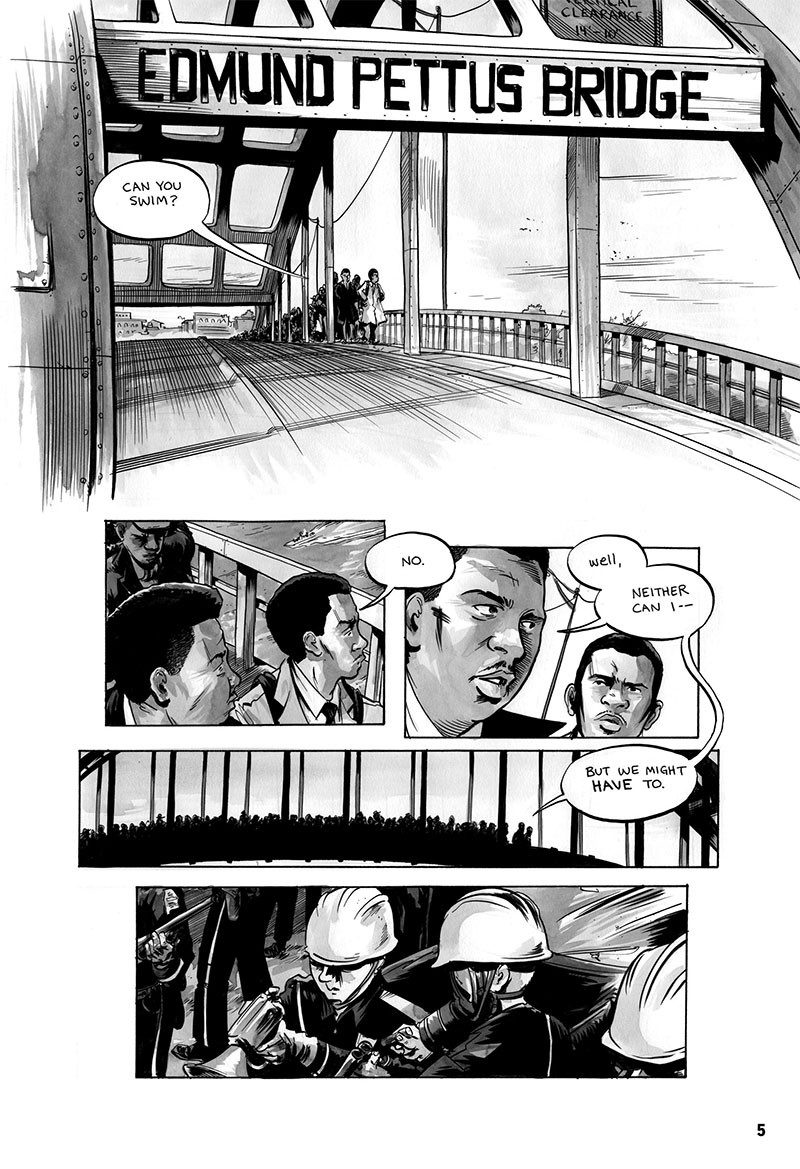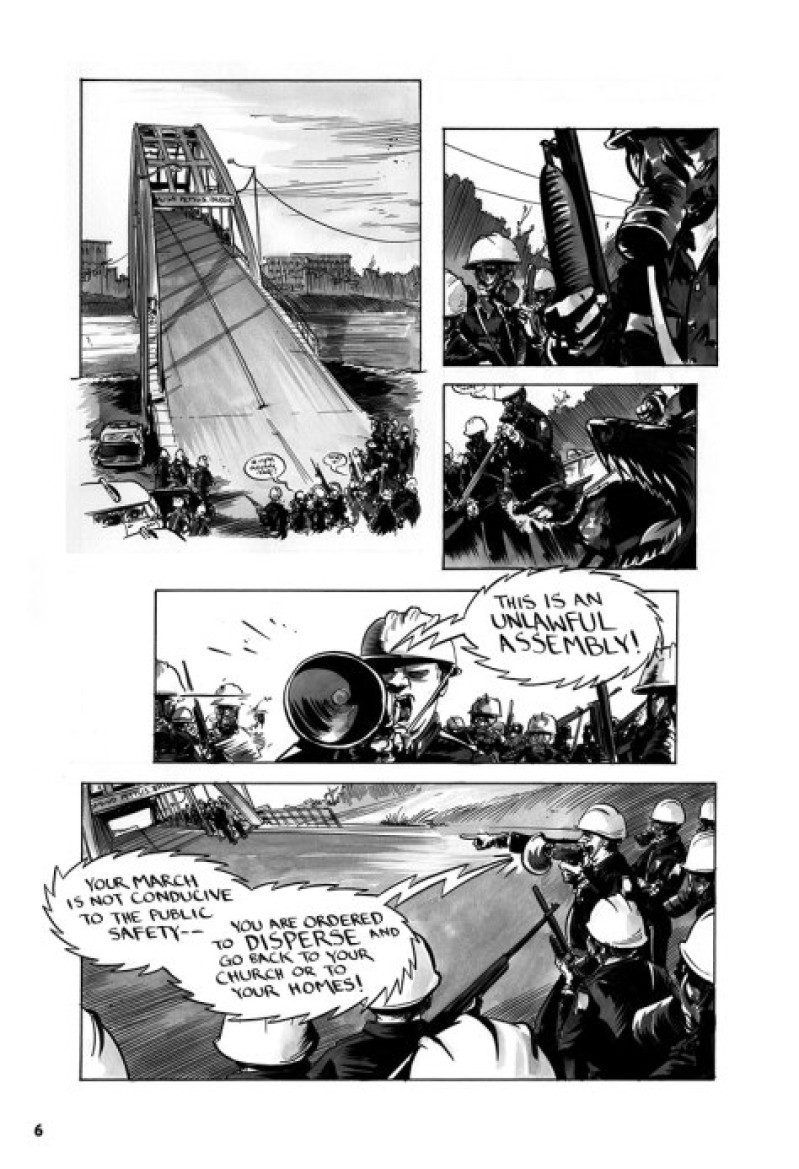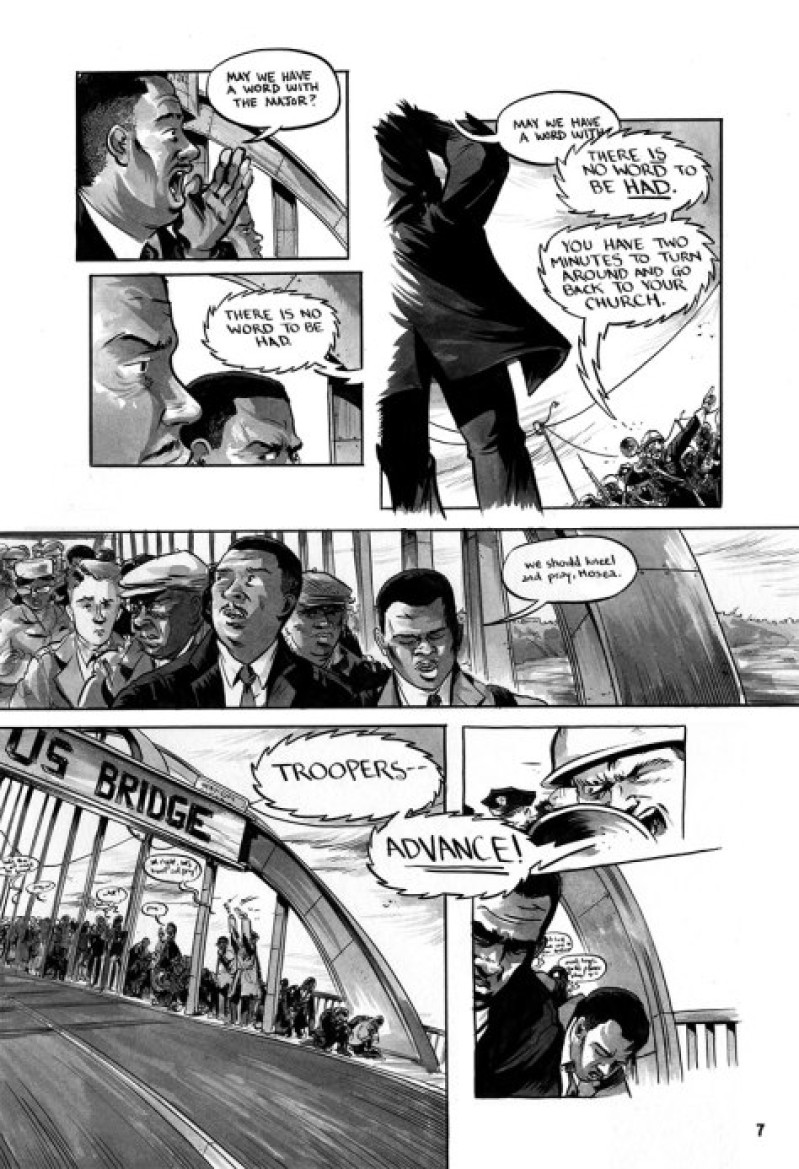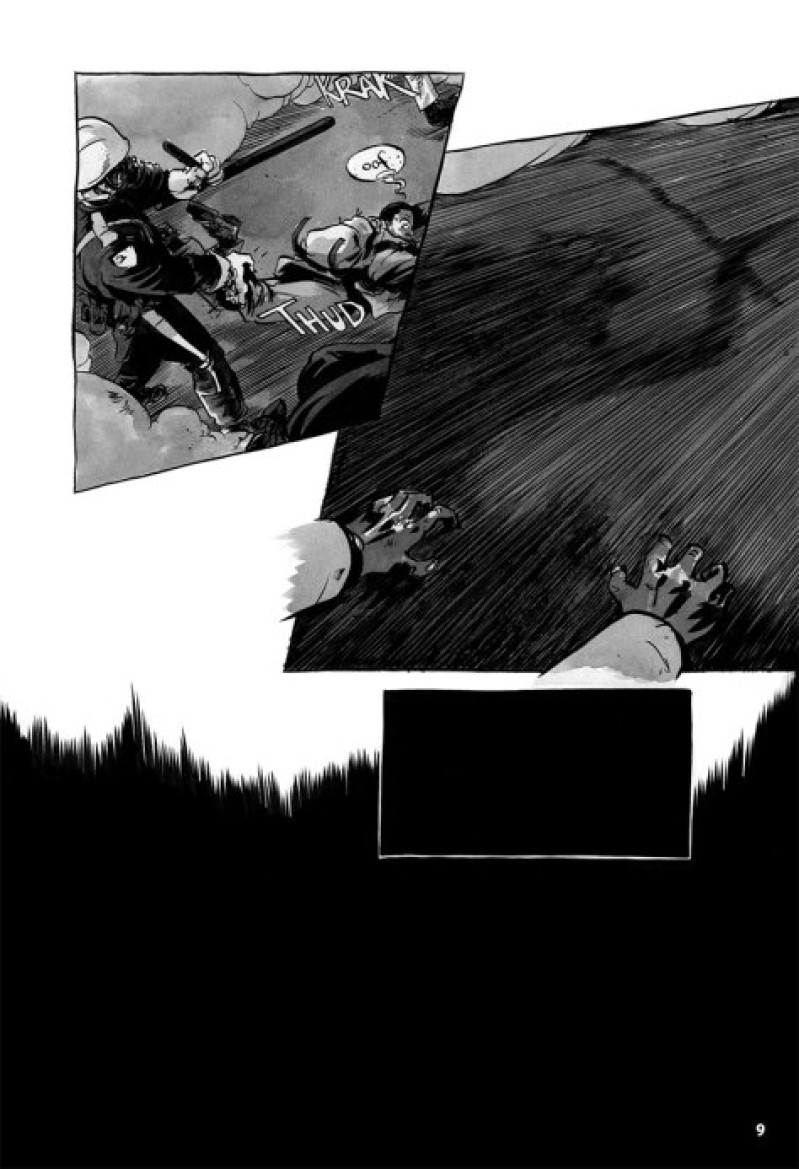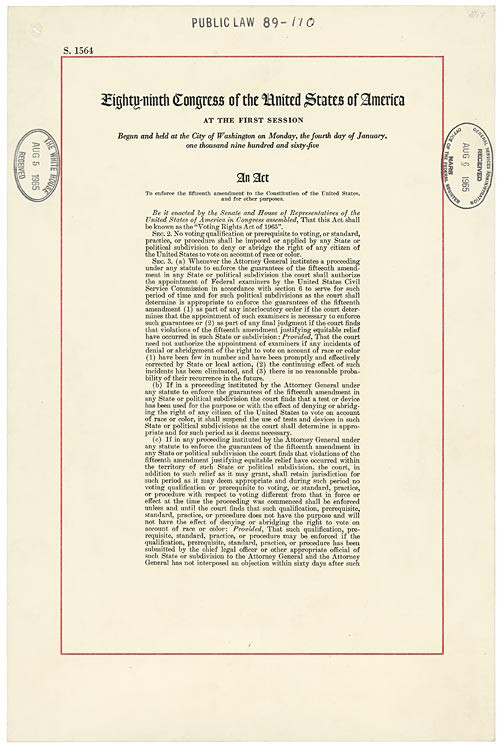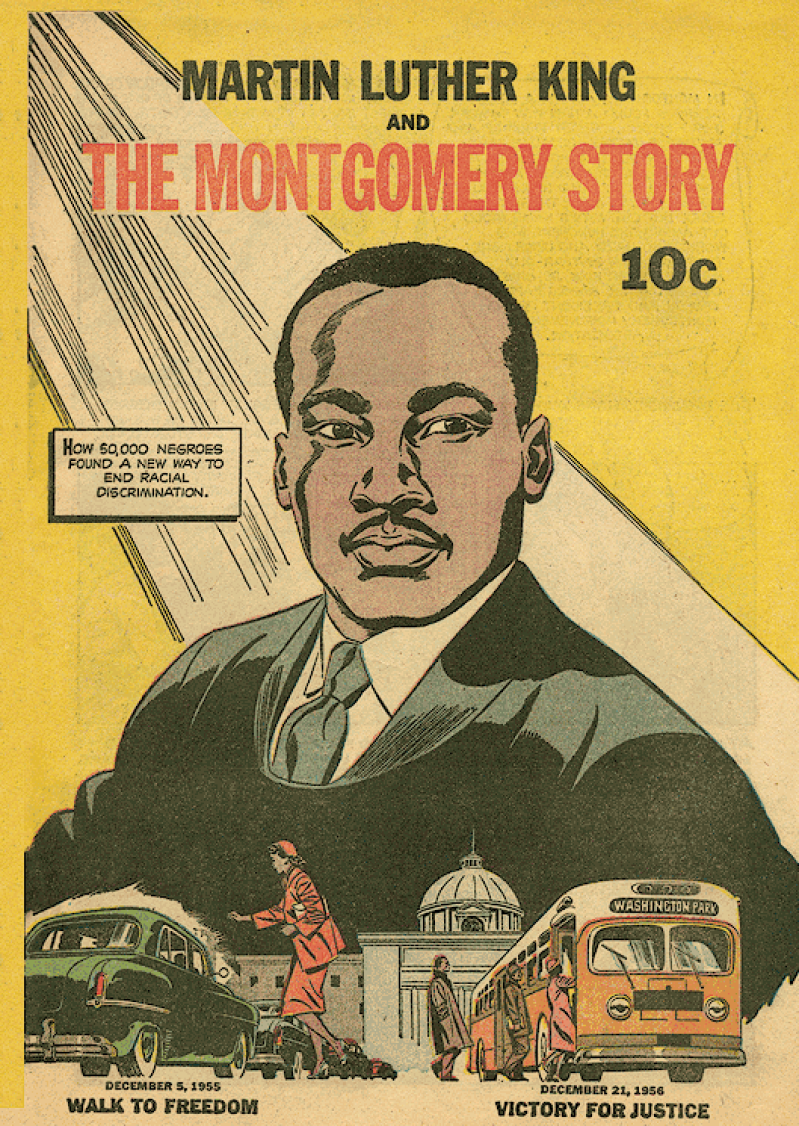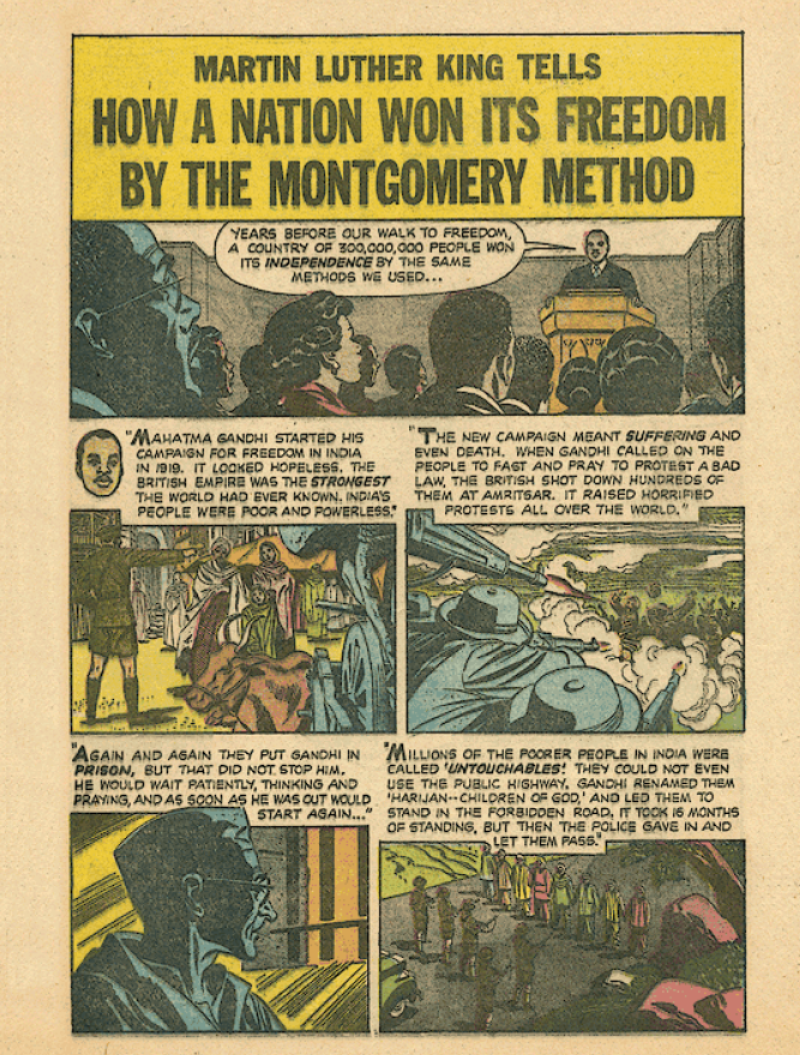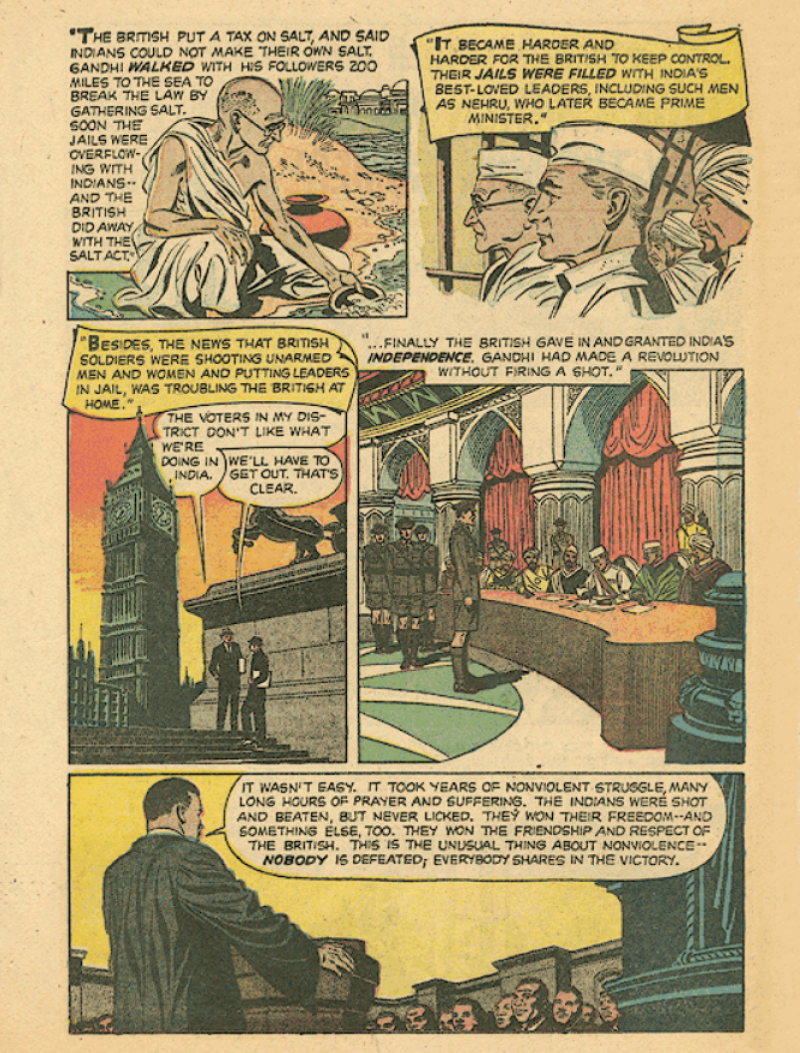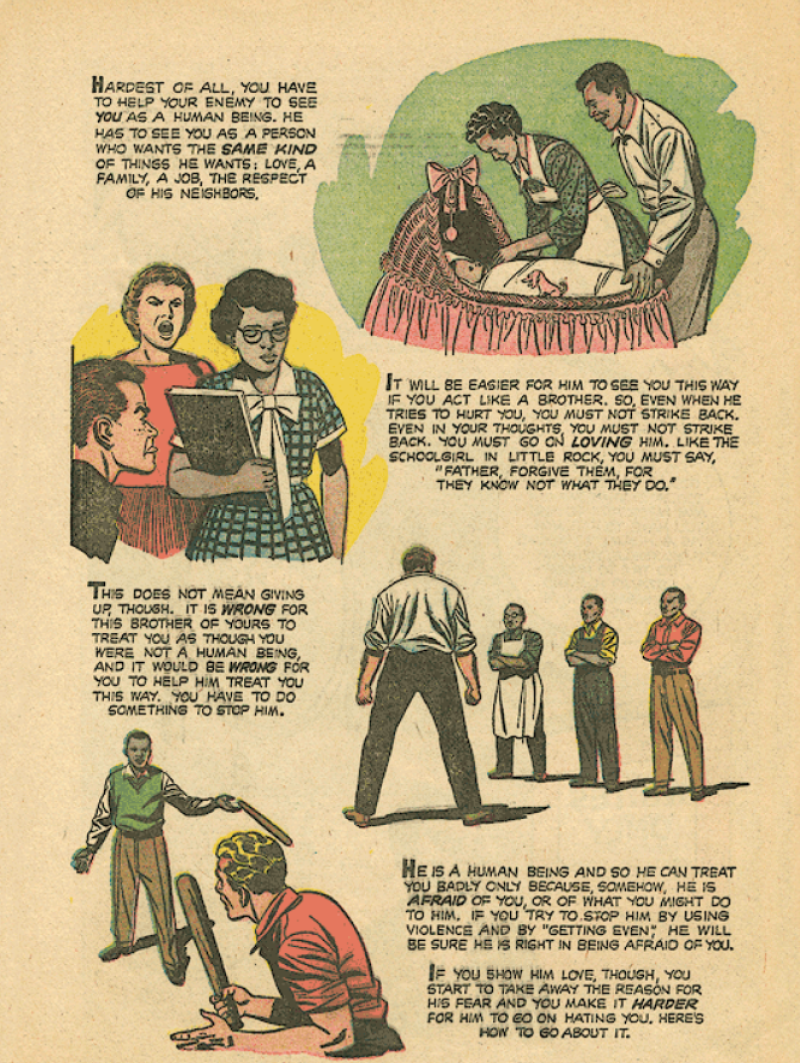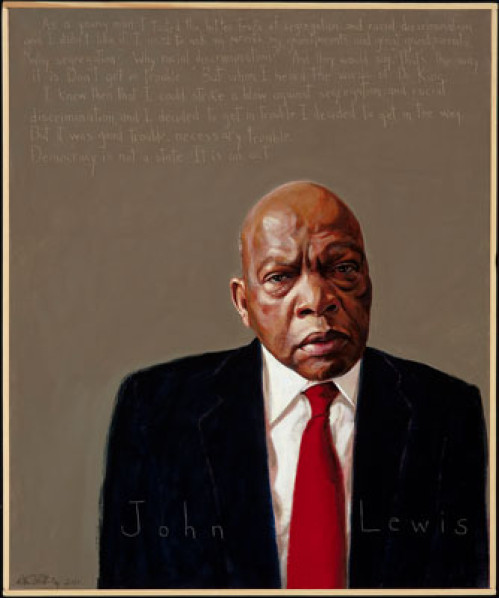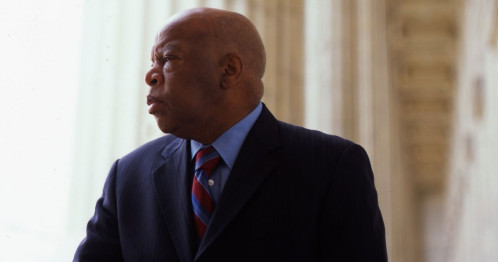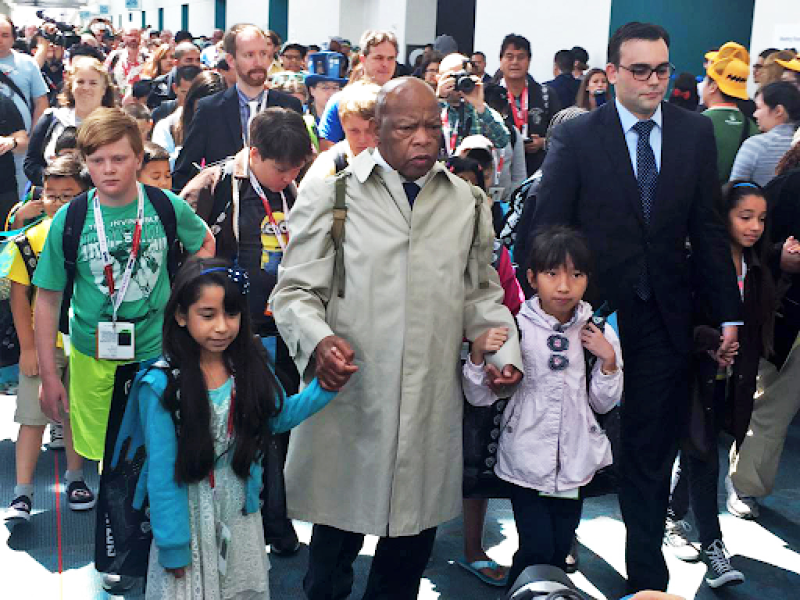This work by New American History is licensed under a Attribution-NonCommercial-ShareAlike 4.0 (CC BY-NC-SA 4.0) International License. Permissions beyond the scope of this license may be available at newamericanhistory.org.
Good Trouble
Read for Understanding
On July 17, 2020 the world lost a social justice warrior who left us all a final gift in the form of an essay entitled, "Together, You Can Redeem the Soul of Our Nation." The following Learning Resources are designed to help teachers, students and engaged citizens unpack these valuable life lessons as a way to honor the legacy of Rep. John Lewis. This may be one of the most important documents you read this year and in the coming years. We hope you will revisit it often.
Key Vocabulary
Activist - a person who strongly supports an issue and engages in work to improve or resolve it
Complicit - choosing to be involved in an illegal or questionable act, especially with others
Cosplay - (costume + play), to dress as and pretend to be a character from a movie, TV show, comic book or video game
Exploitation - to use public relations, advertising, media attention to promote a person, a cause, a product for personal or financial gain
Good Trouble - Representative John Lewis’ guiding principle, “Good trouble, necessary trouble—It’s not only OK, but necessary to enact and inspire meaningful change.”
Government Sanctioned - authoritative approval or permission from local, state or federal levels of elected officials
Protest March - a group of people who walk and often carry signs, chant to show support for a cause or to express their feelings
Nonviolence - a policy of not using physical force, especially when reacting to or protesting against oppression, injustice, or discrimination.
Oppression - using authority, power or privilege in an unjust or cruel manner
Redeem - to make amends or reparations for past injustices, to gain or regain ownership
Engage:
What lessons can we learn from Rep. John Lewis’ final message to the people of the United States?
John Lewis, the civil rights leader and congressman who died on July 17, 2020, wrote this essay shortly before his death. He requested the letter be published on the day of his funeral as a final message to the American people. It was released on July 30, 2020. Listen to an audio recording of the essay first, embedded in the text of the essay, or listen and view it as presented in this video.
“While my time here has now come to an end, I want you to know that in the last days and hours of my life you inspired me. You filled me with hope about the next chapter of the great American story when you used your power to make a difference in our society. Millions of people motivated simply by human compassion laid down the burdens of division. Around the country and the world you set aside race, class, age, language and nationality to demand respect for human dignity.”
In his essay, Lewis states in his final days on earth, he was inspired by the student and community activism he witnessed across the country. Take a few minutes to read the first two paragraphs, or listen again to the audio of this opening statement.
- What inspired Rep. John Lewis to write this essay in the remaining few days of his life?
- Why did he ask the New York Times to release it after his death, on the day of his funeral?
- Who was he speaking to in his message?
Describe your initial thoughts about the essay and how it impacted you in a Reflective Journal entry. You may sketch, draw, or write your thinking in your own words.
In the next series of Learning Resources, you will be creating a comic inspired by the life and teachings of Rep. John Lewis and other examples of Civil Rights activism. Use your Reflective Journal to help you brainstorm and create a cover for your comic. Create a title and select images that will illustrate your ideas, goals, and beliefs to the reader. Consider sharing a draft of your cover with a trusted classmate, your teacher, or a friend. If working remotely you may share via Google Docs or Slides, or using a digital platform approved by your school such as Canvas or SeeSaw.
Your teacher may ask you to record your answers to the questions above on an exit ticket.
Explore:
Is the Black Lives Matter movement different from previous civil rights movements?
On June 7, 2020, Rep. John Lewis visited the recently renamed Black Lives Matter Plaza in Washington, D.C. just one day before he entered the hospital. He passed away ten days later. Take a few minutes to explore the map, zoom in with the satellite view, and explore the related images. This Tweet from D.C. Mayor Muriel Bowser may provide some context for the images.
- What do you notice?
- What prompted D.C. Mayor Muriel Bowser to rename this section of the street?
- What message do you think she was trying to send, and to what audience?
- What impact do you think images of Rep. John Lewis visiting this site made on the public’s perception of the Black Lives Matters protests?
The Black Lives Matter (BLM) movement is not new, but during the spring and summer of 2020, it gained momentum after the deaths of George Floyd, preceded by many other victims who died while in police custody. Take a few minutes to explore the Black Lives Matter website. Visit the tabs under the About pulldown menu at the top of the site, and the What Matters section to read more the descriptions of the movement’s history, beliefs, and origins.
“Emmett Till was my George Floyd. He was my Rayshard Brooks, Sandra Bland and Breonna Taylor. He was 14 when he was killed, and I was only 15 years old at the time. I will never ever forget the moment when it became so clear that he could easily have been me.”
In paragraphs three and four of his essay, Rep. John Lewis describes the impact the death of Emmet Till had on him as a young man. Read these paragraphs, then take a few minutes to explore this tag on Bunk.
Use the connections on Bunk and the Black Lives Matter website to compare and contrast the deaths of Emmet Till to the most recent deaths of several African Americans mentioned in the essay or on the Black Lives Matter website. Use the Venn diagram provided by your teacher to note your observations. If working in a face to face learning environment such as a classroom, your teacher may provide you with a paper copy, or if working remotely, you may make a copy, then rename it and complete the diagram digitally.
- How would you describe these events as they influenced civil rights and social movement during the 20th and 21st centuries?
- What did Rep. John Lewis mean when he said, “Emmet Till was my George Floyd?”
- Which of the Black Lives Matter goals and beliefs most closely align with your own?
- What questions do you still have? Where might you find answers to these questions?
In this series of Learning Resources you will be creating a comic inspired by the life and teachings of Rep. John Lewis and others examples of Civil Rights activism. Use your Venn Diagram to help you brainstorm and create an introductory panel for your comic. This should introduce more background information on the person or cause you previously illustrated with the cover to your comic. This wikiHow may help you get started.
Your teacher may ask you to submit your Venn diagram, or record your answers to the questions on an exit ticket.
Explain:
How do we get in Good Trouble and why is it still necessary?
The fifth and sixth paragraphs of the essay by Rep. John Lewis describe his life as a young civil rights activist. Lewis was inspired by Dr. Martin Luther King, jr. and the “Beloved Community.” Read these paragraphs in the essay, then spend a few minutes reading an excerpt from March: Book One. March is a trilogy, or series of three autobiographical graphic novels written by Rep. John Lewis, Andrew Aydin, and Nate Powell. These powerful books begin with a young John Lewis participating in the historic march held on March 7, 1965, from Selma to Montgomery, Alabama. The demonstrators leading the peaceful protest were confronted at the Benjamin Pettus Bridge by heavily armed state troopers, a day which is remembered as “Bloody Sunday.”
Despite facing extreme brutality, the protesters were not deterred, and as the media shared images of the confrontation, over 80 protests were held in cities across the country within the next 48 hours. Dr. Martin Luther King, jr. and other Civil Rights leaders joined Lewis days later to lead a peaceful march across the bridge from Selma to Montgomery. The U.S. Congress responded to these events by enacting the Voting Rights Act of 1965.
“Ordinary people with extraordinary vision can redeem the soul of America by getting in what I call good trouble, necessary trouble. Voting and participating in the democratic process are key. The vote is the most powerful nonviolent change agent you have in a democratic society. You must use it because it is not guaranteed. You can lose it.”
Return to the essay, and Rep. John Lewis’ description of the way Dr. King influenced his life as an advocate for social justice.
- How did he describe ways we can continue to fulfill this vision by engaging in “good trouble, necessary trouble?”
- What was his hope for a “Beloved Community?”
- How can we as citizens now continue their work to achieve this vision?
Create your next comic panel, using examples from March and the BLM website to illustrate how recent events during the summer of 2020 across the United States exemplify Lewis’ vision of the “Beloved Community.” This WikiHow may be helpful to get you started. Your teacher may continue to have you add another panel to your comic later as part of these Learning Resources, but like Rep. Lewis’ memoirs, this panel should present just one snapshot of your experiences or thinking about recent events.
Your teacher may ask you to record your answers to the questions on an exit ticket.
Elaborate:
Can comics and graphic novels help promote social justice around the world?
In his essay, Rep. John Lewis uses paragraphs seven and eight to encourage us to study history and learn from global social justice movements, past and present. Before he co-wrote his memoirs in the form of the March Trilogy, a series of three graphic novels chronicling his life of service, fighting for Civil Rights and social justice, Lewis recalled how an early Civil Rights comic influenced his own life. At age 18, Lewis was already attending meetings and helping to organize protest marches, sit-ins, and demonstrations. Part of his training included reading the comic, Martin Luther King and the Montgomery Story, produced in 1957 to help promote “The Montgomery Method” of nonviolent resistance as a pathway for social justice. Dr. King himself even edited the script for the comic, which was released at a time when comics were not seen as reputable educational resources. View this short video, then read these pages from the comic to see how the teachings of nonviolent protests as practiced by Dr. King and Mahatma Gandhi of India became a lifelong source of inspiration for Lewis and his fellow activists.
“Though I am gone, I urge you to answer the highest calling of your heart and stand up for what you truly believe. In my life I have done all I can to demonstrate that the way of peace, the way of love and nonviolence is the more excellent way. Now it is your turn to let freedom ring.”
In the video, you saw how young pro-democracy activists in Egypt and other mostly Muslim countries in the Middle East used the comic in 2011 to inspire yet another generation to organize through peaceful, nonviolent protests known as the Arab Spring. What other comics or graphic novels have you read inspired by historical events, Civil Rights activists or social movements?
The team here at New American History enjoyed these, among many others: Anne Frank's Diary: The Graphic Adaptation, Harriet Tubman's Daring Civil War Raid, and many titles from our friends at Chester Comix.
Create another panel for your comic about someone who inspires you, someone from your generation who, like Rep. John Lewis, Dr. Martin Luther King, jr. or Mahatma Gandhi, is making a difference in your community or the world. Think about someone who is using nonviolent protests and/or activism to share their beliefs and spread social, environmental, and economic justice.
Artist Robert Shetterly’s Americans Who Tell The Truth online portrait gallery may give you some inspiration.
- How is this person making a difference in the world?
- Who else is involved in their cause?
- What is the scope of their work in terms of lasting impact so far?
- How might your help promote their work or shared beliefs?
Your teacher may ask you to record your answers on an exit ticket.
Extend:
How will historians write the story of the 21st century, and what role might we all play?
The final paragraph of Rep. John Lewis’ powerful essay is one filled with hope and provides this generation with a roadmap for moving forward. Read the final paragraph of the essay quietly to yourself.
“When historians pick up their pens to write the story of the 21st century, let them say that it was your generation who laid down the heavy burdens of hate at last and that peace finally triumphed over violence, aggression and war. So I say to you, walk with the wind, brothers and sisters, and let the spirit of peace and the power of everlasting love be your guide.”
Explore this Bunk connection and note any new information you learn about Rep. John Lewis’ life of service and activism. Look for examples of progress in our country’s quest toward racial equality, and issues that continue to be barriers to reaching the Beloved Community. Take note of any new information or ideas you might wish to add to your comic.
Imagine future generations studying this moment in time, including the COVID-19 pandemic, the Black Lives Matters movement, and the upcoming local, state, and national elections. What outcomes or lasting changes would you hope to see your generation accomplish?
In 2015, John Lewis and his co-creators of the March Trilogy visited Sand Diego ComicCon, a comic book convention, to promote their books. Lewis cosplayed his younger self, wearing the same coat he wore that day as he crossed the Benjamin Pettus Bridge on Bloody Sunday. He carried the same backpack, filled with the same items: two books—in this case, March: Book One and March: Book Two, an apple, a toothbrush, and toothpaste. (He also had an orange in Selma, but could not find one the morning of the convention.) Lewis spoke to a group of schoolchildren and signed their books. He then led them in a children’s march through the convention center, hoping to inspire the next generation of young activists fighting for social justice. Lewis would return to the convention for the next three years, leading similar marches with young people each time.
In the final panel of your comic, write and illustrate what you would like to see happen in the near future as it relates to Civil Rights and social justice issues.
- How might you help make Rep. John Lewis’ vision of a Beloved Community finally come true?
- What is one action you can commit to this week, this month, this school year to improve your school and community?
- In the next century, how would you like historians to describe your contributions?
As you finalize your work, find a creative way to represent yourself in the comic. You may draw a self-portrait similar to the ones featured on the Americans Who Tell the Truth website, or you might want to design an avatar using Bitmoji or another web-based tool approved by your teacher or parent.
The Made By US campaign is collecting and sharing wishes for our nation’s future from historians, museums, partner organizations, community activists, and through historic quotes like this one from Rep. John Lewis. If your teacher or parents allow, you might create your own wish and add it to your comic.
Finally, find a way to share your comic, and your story with the world! Your teacher may choose to display your comic either in school, or using a digital platform such as Google Docs or Google Slides if learning remotely. We hope you will share your comic with us if your teacher or parent approve. You may email us at editor@newamericanhistory.org or share via social media (links on our pages). Be sure to tag us as you share and use #GoodTrouble!
Most importantly, we hope you will be inspired by Rep. John Lewis’ essay and his legacy. Now, go find a way to get into “Good Trouble.”
Your teacher may ask you to record your answers to the questions on an exit ticket.
Citations:
Adastracomix. “Review of ‘MARCH: Book One.’” adastracomix.com. Ad Astra Comix, February 23, 2014. https://adastracomix.com/2013/08/22/review-of-march-book-one/.
Bowser, Muriel (Mayor). Twitter Post. June 7, 2020. https://twitter.com/MayorBowser/status/1269614695146762240.
Cobb, Jelani. “The Essential and Enduring Strength of John Lewis.” Bunk History. New American History, July 19, 2020. https://www.bunkhistory.org/resources/6438/connections?type=person.
“Congress and the Voting Rights Act of 1965.” National Archives and Records Administration. National Archives and Records Administration, June 19, 2019. https://www.archives.gov/legislative/features/voting-rights-1965.
Digital Scholarship Lab. “Superheroes and Late 20th Century Pop Culture.” History Engine: Tools for Collaborative Education and Research | Episodes. University of Richmond Digital Scholarship Lab, 2015. http://historyengine.richmond.edu/episodes/view/6308.
Digital Scholarship Lab. “The Nashville, Tennessee Sit-In.” History Engine: Tools for Collaborative Education and Research | Episodes. University of Richmond Digital Scholarship Lab, 2015. http://historyengine.richmond.edu/episodes/view/6787.
Fellowship of Reconciliation. “Martin Luther King and The Montgomery Story (Comic).” Civil Rights Movement Archive. Civil Rights Movement Veterans, 1957. https://www.crmvet.org/docs/ms_for_comic.pdf.
Garcia, Sandra E. “When John Lewis Cosplayed at Comic-Con as His Younger Self,” July 21, 2020. https://www.nytimes.com/2020/07/21/us/politics/john-lewis-comic-con.html.
Lewis, John. “John Lewis.” My Wish for U.S. Made by U.S., August 5, 2020. https://www.mywishforus.com/explore/?wish=john-lewis-80.
Lewis, John. “Together, You Can Redeem the Soul of Our Nation.” New York Times. July 30, 2020. https://www.nytimes.com/2020/07/30/opinion/john-lewis-civil-rights-america.html.
“Morgan Freeman Reads Rep. John Lewis’ Last Words: Together, You Can Redeem the Soul of Our Nation.” MSNBC, July 30, 2020. https://www.youtube.com/watch?v=VXa7Vn8Ar6M
Shetterly, Robert. “Robert Shetterly's Americans Who Tell The Truth.” Home | Americans Who Tell The Truth, 2020. https://www.americanswhotellthetruth.org.
Stein, Robert. “John Lewis at Comic-Con.” @RobertStein100, Encyclopedia of Alabama. Encyclopedia of Alabama, June 11, 2015. http://encyclopediaofalabama.org/article/m-8472.
WikiHow. “How to Make a Comic.” wikiHow. wikiHow, April 30, 2020. https://www.wikihow.com/Make-a-Comic.


